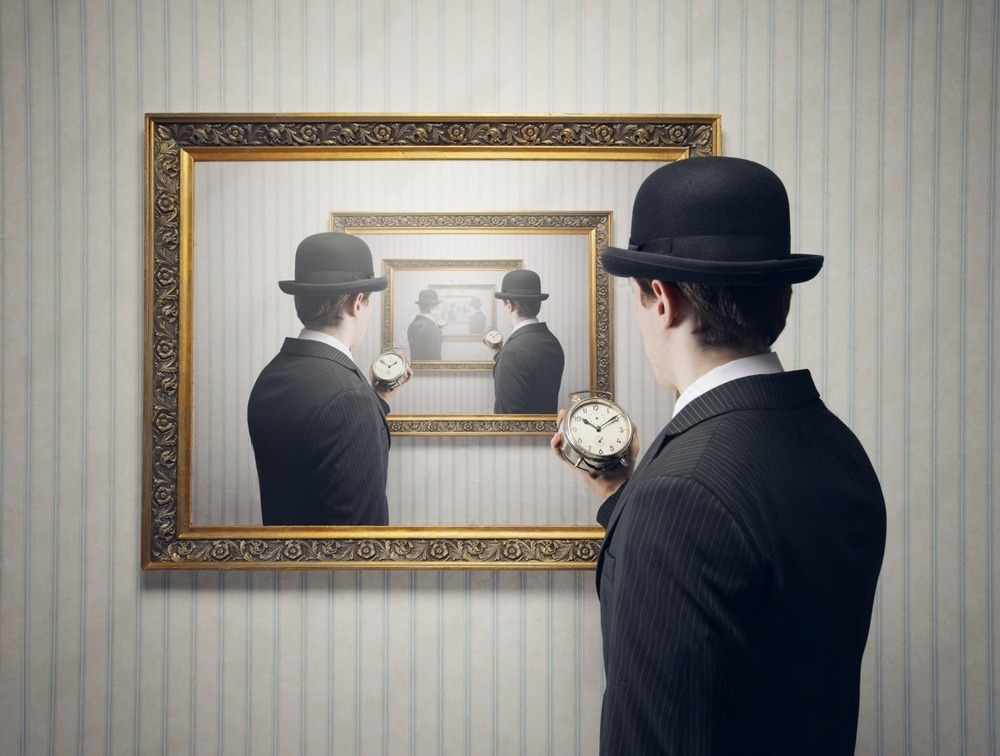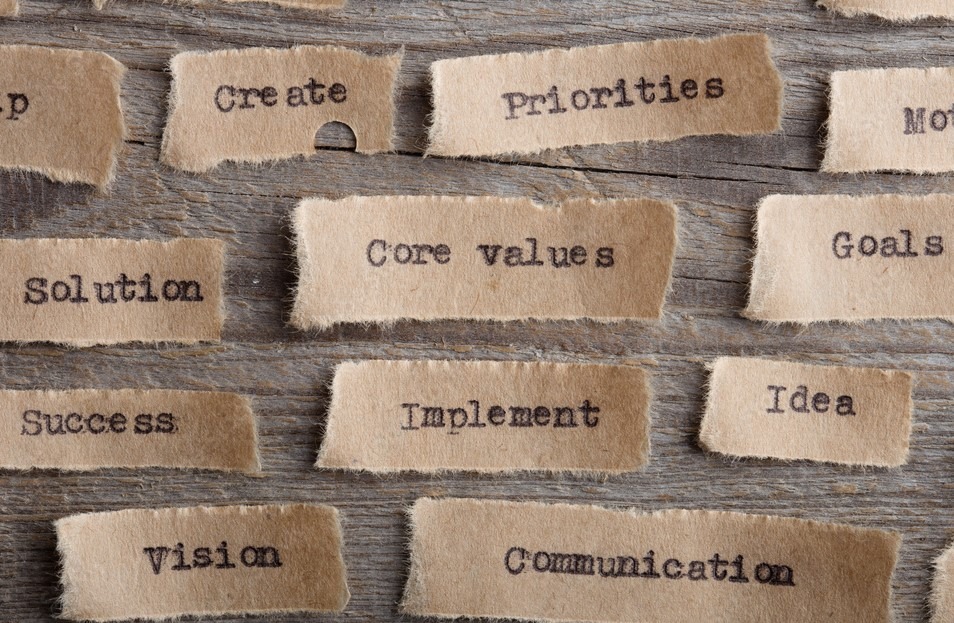*Trigger Warning: This blog discusses sex and arousal. It may be triggering for some readers. Continue reading at your own discretion*
Sex
It can be a scary word to some, an intimate word, a fun word, an embarrassing word. It means something different to each person who reads it. Just as we all interpret the word differently, our sexuality and experiences related to sex remain unique and NORMAL.
Brakes and Accelerators
Despite our uniqueness, something we have in common is the system that controls our sexual arousal (Janssen & Bancroft, 2007). We call it the dual control model. It dictates our responses to triggers of arousal (which are also unique from person to person). The model consists of two parts: the Sexual Excitation System (SES), or the “accelerator” and the Sexual Inhibition System (SIS) or the “brake”.
Our accelerator scans our environment, reacting to information that it deems sexy. This can be things we see, smell, taste, touch, hear, or even imagine. When we interpret something as sexy, our accelerator is activated, meaning we feel turned on. Like a lot of things, accelerators differ from person to person. Becoming aroused can vary from a stray thought while grocery shopping (spontaneous desire), to engaging in hours of flirting and foreplay with someone (responsive desire) (Nagoski, 2015).
Simultaneously, our brake also scans our surroundings, but to look for something else. It’s looking for signs of danger and reasons (through sight, smell, taste, touch, sound, or in our imagination) to not be turned on or engage in sexual activity.
Pump the Brakes
Sexual stimulation involves the accelerator being on AND the brakes off. Both conditions are necessary for arousal. It really doesn’t matter how activated your accelerators are, if your brake is also trigger. Just like in a car, you aren’t going to make it very far if the brakes are pressed while you’re hammering on the accelerator.
For instance, let’s say you’re typically turned on by a romantic setting (candles, sexy music, the whole she-bang). Maybe you get home from work one day, and your partner, knowing your accelerators, sets up a romantic evening. Let’s also say that stress is a “brake” for you. If you had a stressful day at work, or are anticipating an upcoming stressful event, then maybe all the romance in the world won’t get you to a turned-on state that night.
You are Normal!
For some people, arousal comes easily. Maybe it’s a certain look or touch from a partner, or a certain song lyric. When the accelerator becomes aware of these cues, you’re revved up.
For others, there may be more factors necessary for arousal to be present. To even entertain the thought of sex, maybe you and your partner need to be showered, the lights need to be off, and a fan needs to be on. Let me reiterate once more- we all have unique needs; we are all normal😊
We aren’t born with a list of “sexy” and “unsexy” triggers. These are individualized and learned throughout our life. And just as we can learn something, we can also unlearn it.
Let’s Get it On?
Several factors contribute to arousal. These factors may include:
- Physical attraction
- Security/Safety (respect, trust, acceptance)
- Environment
However, as previously mentioned, all these factors can be in place, and sex may still not occur. Why is that? Context. Context is comprised of the present circumstances (i.e., the who, what, where of the situation) and present brain state (i.e., whether you’re feeling relaxed, stressed, trusting, etc.). When it comes to sex, context is everything (Nagoski, 2015). According to research, it’s becoming clearer that contextual cues differ from person to person. Typically, women are more sensitive to contextual cues (Graham, Sanders, and Milhausen, 2006). Although contexts are unique to everyone, common themes are low stress, high affection, and explicitly erotic content.
Context depends on two things: circumstances and brain state (Nagoski, 2015). For example, becoming parents, money stressors, job stressors- these all have an impact on our desire for sex and intimacy. Feeling stressed typically doesn’t feel “sexy”- and if we aren’t feeling “sexy”, getting in the mood can be super difficult.
Nagoski uses tickling as a perfect example of this. If you’re in a flirty mood with your partner, tickling can feel playful. If annoyed, tickling can feel quite irritating. It’s about the context and your perception regarding the sensation. An awareness of the personal contexts that make your environment feel sexy can make all the difference in the world when it comes to pleasure (Nagoski, 2015).
If you’re interested in learning more about your sexy and unsexy contexts, follow the link below to continue your self-discovery!
Safety is Sexy
In an intimate relationship of any sort, safety is paramount. Safety means a lot of different things! It means ongoing consent, open communication, trust, honesty, to name a few.
In a trusting and safe relationship, a discussion about personal accelerators, brakes, and context can make a huge difference. Deeper conversations earlier on in a relationship can be a preventative measure for potential argument/conflict later. The more self-aware we are, the more we can authentically live and connect with others. Furthermore, the more you share with your partner about what counts as a turn on for you (and vice versa), the more you can have a shared understanding of your sexual relationship.
I invite you to visit these links to discover your own sexual temperament and “must-haves” around sex! Perhaps you could share the link with a partner and engage in discussion about the discovered information. Afterwards, who knows what may happen…😉
Getting Started
With all that being said, feeling safe with sexuality, sex, and all that’s related, is challenging. Stay tuned for a part 2, where we’ll outline the heaviness that may come when sexuality and shame are interconnected.
If you’re struggling with the stressors and the societal pressures that are often related to sex, know that you are not alone. Here at Unstuck, we’re here to walk with you on a journey of self-discovery and healing. Call today to book your Risk-Free Consultation. We can’t wait to meet you! 😊
Melissa Schmode-Kristoff, RPsych
References:
Graham, C., Sanders, S., & Milhausen, R. (2006). “The Sexual Excitation/Sexual Inhibition Inventory for Women: Psychometric Properties”. Archives of sexual behavior. 35. 397-409. 10.1007/s10508-006-9041-7.
Janssen, E. & Bancroft, J. (2007). “The Dual- Control Model: the role of sexual inhibition and excitation in sexual arousal and behaviour.” In. E. Janssen (Ed), The Physiology of Sex. Bloomington, IN: Indiana University Press, 197-222.
Nagoski, Emily. (2015). Come as you are: the surprising new science that will transform your sex life. New York: Simon & Schuster











